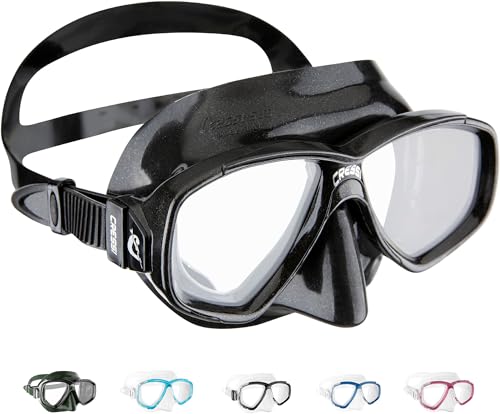What is a diving mask?
A diving mask is an essential piece of equipment that divers use to see clearly underwater. It covers the eyes and nose, creating a small air space in front of the diver’s face. The mask allows the diver to see clearly and comfortably underwater while also providing protection to the eyes and face from saltwater and debris.
How does a diving mask work?
The way a diving mask works is fairly simple. The mask is made up of a tempered glass or plastic lens that is curved to compensate for the refraction of light underwater. The mask is then sealed around the edges with silicone or rubber to create an air space between the mask and the diver’s face. This air space allows the diver to equalize the pressure as they descend, preventing the mask from being crushed inwards by the water pressure.
What are the components of a diving mask?
Aside from the lens and seal, a diving mask also contains a strap to keep it securely in place on the diver’s head. Some masks also have features like purge valves, which allow the diver to easily clear any water that may enter the mask, or a nose pocket, which can be pinched to equalize pressure in the ears.
How do you choose the right diving mask?
Choosing the right diving mask is important for a comfortable and safe dive. Some factors to consider when selecting a mask include the fit, the field of vision, and the lens material. It’s important to try on a mask before buying to make sure it fits well and doesn’t leak. The mask should also provide a wide enough field of vision for the diver’s needs, and the lens material should be scratch-resistant and anti-fog.
In conclusion, diving masks work by creating an air space in front of the diver’s face, allowing them to see clearly and comfortably underwater. They are made up of a lens, seal, strap, and may contain additional features like purge valves or nose pockets. Choosing the right diving mask is important for a safe and enjoyable dive.






